Key Takeaways:
- Choosing the Right Stakes: Different types of camping stakes are suited for various ground conditions and tent types.
- Installation Tips: Proper installation techniques can significantly enhance the holding power of your stakes.
- Maintenance and Storage: Keeping your stakes in good condition ensures longevity and reliability.
Introduction
Camping stakes are the unsung heroes of any camping trip. A good tent stake, with features like color options, durability, and holding power, ensures your tent stays put, even in adverse weather conditions. Whether you’re a seasoned camper or a newbie, understanding the different types of stakes and their uses can make a world of difference. This guide will walk you through everything you need to know about camping stakes, from choosing the right ones to proper installation and maintenance.
Types of Camping Stakes
Heavy Duty Tent Stakes
Heavy duty tent stakes are designed for tough conditions. They are typically made from steel or other durable materials, ensuring they can withstand strong winds and hard ground. These stakes are perfect for larger tents and shelters that require extra holding power.
Steel Tent Stakes
Steel tent stakes are known for their strength and durability. They can be driven into hard ground without bending or breaking. These stakes are ideal for rocky or compacted soil where other types might fail. Their solid construction ensures they can handle the weight of heavy tents and inflatables.
Choosing the Right Stakes
Length and Size
The length and size of your stakes play a crucial role in their effectiveness. Longer stakes provide better anchoring, especially in loose soil. However, they can be more difficult to drive into hard ground. It’s essential to find a balance that suits your camping conditions. Additionally, considering the performance metrics of a tent stake, such as packability and overall longevity, can significantly impact your camping experience.
High Visibility
High visibility stakes are a great option for those who often camp in low-light conditions. These stakes are usually brightly colored or have reflective elements, making them easy to spot. This feature helps prevent tripping and ensures you can quickly find and remove them when packing up.
Installation Tips
Proper Staking Techniques
Tent stake selection and proper installation are key to maximizing holding power. Start by driving the stake at a 45-degree angle, pointing away from the tent. This technique provides better resistance against pulling forces. Use a mallet or hammer to ensure the stake is firmly embedded in the ground.
Securing Your Tent
Securing your tent properly involves more than just driving stakes into the ground. Ensure the tent's guy lines are taut and evenly distributed. This setup helps distribute the load and reduces the risk of stakes being pulled out during strong winds.
Maintenance and Storage
Keeping Your Stakes in Good Condition
Regular maintenance can extend the life of your camping stakes. After each trip, clean off any dirt or debris and check for signs of wear or damage. Store them in a stuff sack to keep them organized and prevent loss.
Environmental Impact of Camping Stakes
Camping stakes are not just essential for securing your tent; they also have an environmental footprint. Many stakes are manufactured from materials like steel and aluminum, which require energy-intensive processes. Opting for unpainted stakes can reduce the chemical impact on the environment. When buying, consider products that are created with sustainability in mind. Some companies even offer stakes made from recycled materials, showing a commitment to eco-friendly practices.
Moreover, the longevity of your tent stakes can also play a role in reducing waste. Reliable stakes that hold up well over time mean fewer replacements and less waste. Investing in high-quality stakes might seem costly at first, but it’s worth it in the long run. You’ll not only enjoy a secure shelter but also contribute to a healthier planet. So, the next time you pick out your camping gear, think about the environmental impact and make a choice that benefits both you and the Earth.
Innovations in Camping Stakes
The camping gear industry is always evolving, and tent stakes are no exception. Recent innovations have led to the creation of stakes that are lighter yet stronger, making them easier to carry in your packs without sacrificing reliability. Some stakes now come with built-in LED lights, making them high visibility and reducing the risk of tripping over them at night. These small but significant improvements can enhance your camping experience.
Another exciting development is the variety of shapes and designs available. From spiral stakes that anchor better in sandy soil to flat stakes that hold firm in rocky terrain, there’s a stake for every condition. Companies are also experimenting with new materials, such as carbon fiber, which offers strength without the weight. These innovations are not just about convenience; they’re about making your outdoor adventures safer and more enjoyable. So, keep an eye out for the latest products and consider upgrading your gear to take advantage of these advancements.
Storage Solutions
A stuff sack is an excellent storage solution for your stakes. It keeps them together and makes it easy to transport them. Ensure the sack is durable and has a secure closure to prevent stakes from falling out.
Customer Reviews and Recommendations
What Customers Are Saying
Customer reviews can provide valuable insights into the performance of different camping stakes. Look for reviews that mention tent stake features such as color options, durability, and holding power. Many campers recommend steel tent stakes for their strength and reliability.
Top Picks
Based on customer feedback, some of the top picks for camping stakes include heavy duty tent stakes and high visibility options. These stakes have received excellent reviews for their performance in various conditions.
Cost and Value
Budget-Friendly Options
Camping stakes come in a range of prices, from budget-friendly to premium options. While it's tempting to go for the cheapest option, investing in quality stakes can save you money in the long run by preventing damage to your tent and ensuring a secure setup.
Worth the Investment
High-quality stakes are worth the investment for serious campers. They offer better durability and holding power, reducing the risk of your tent collapsing in bad weather. Consider the cost as an investment in your camping experience.
Practical Examples
Case Study: Rocky Terrain
In rocky terrain, steel tent stakes are a must. Their strength allows them to be driven into hard ground without bending. A camper shared their experience of using steel stakes in a rocky campsite, highlighting their reliability and ease of use.
Case Study: Sandy Beaches
For sandy beaches, longer stakes with a wider surface area are ideal. A camper recounted their trip to a beach campsite, where they used heavy duty tent stakes to secure their tent. The stakes held firm despite the loose sand and strong winds.
Summary
Camping stakes are a crucial component of any camping setup. Choosing the right stakes, installing them properly, and maintaining them can significantly enhance your camping experience. Whether you're dealing with rocky terrain or sandy beaches, there's a stake designed to meet your needs.
FAQ
What are the best stakes for hard ground?
Steel tent stakes are the best option for hard ground. Their strength and durability allow them to be driven into compacted soil without bending or breaking.
How do I store my camping stakes?
Store your camping stakes in a stuff sack to keep them organized and prevent loss. Ensure the sack is durable and has a secure closure.
Are high visibility stakes worth it?
Yes, high visibility stakes are worth it, especially if you often camp in low-light conditions. They are easy to spot, reducing the risk of tripping and making it easier to find and remove them when packing up.


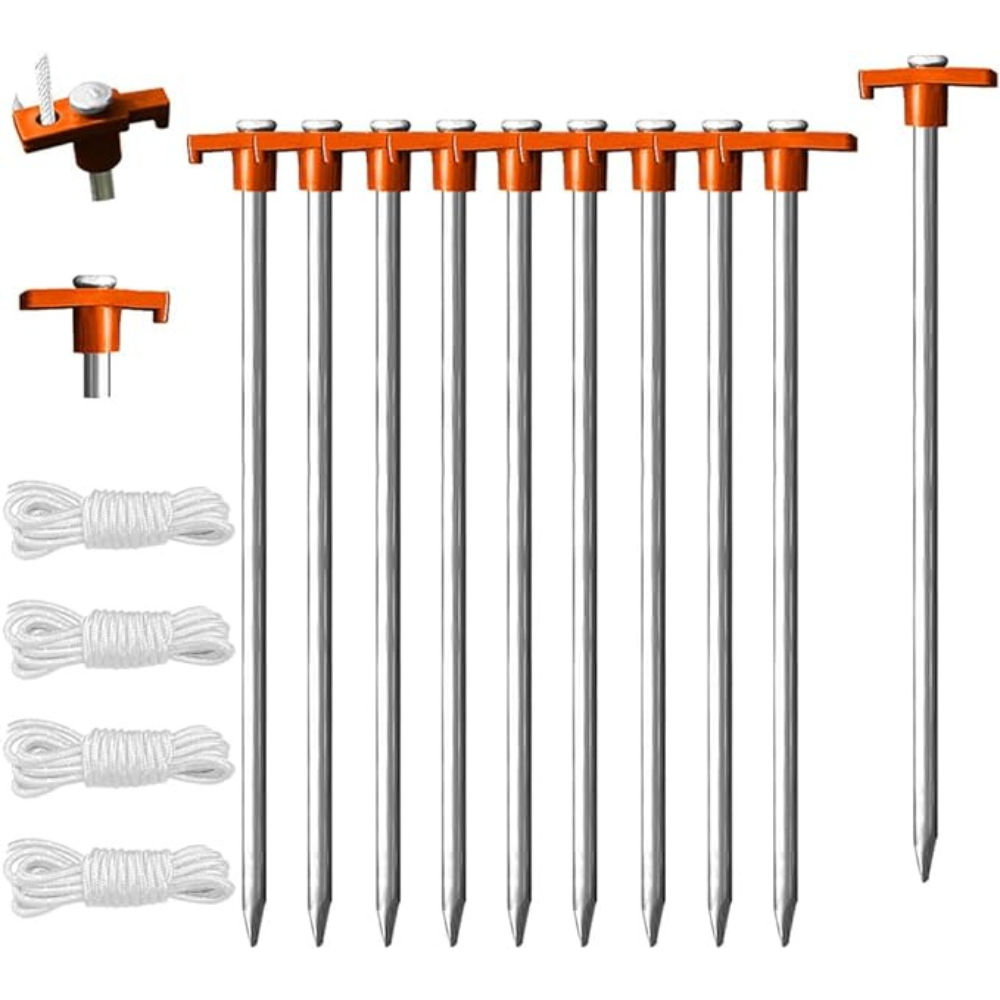
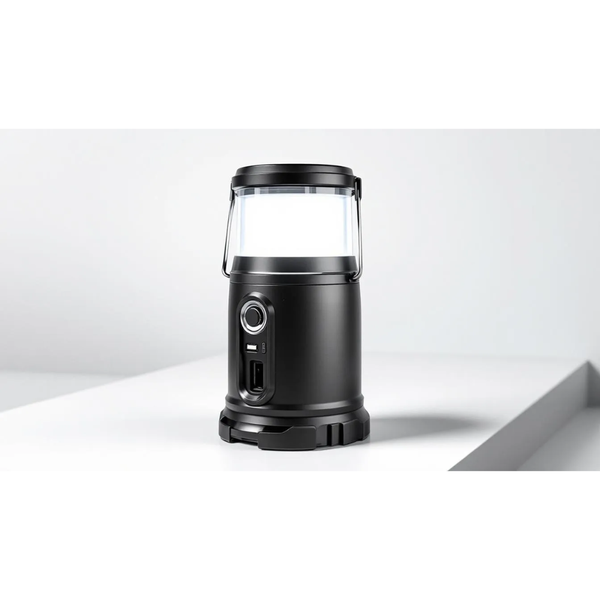
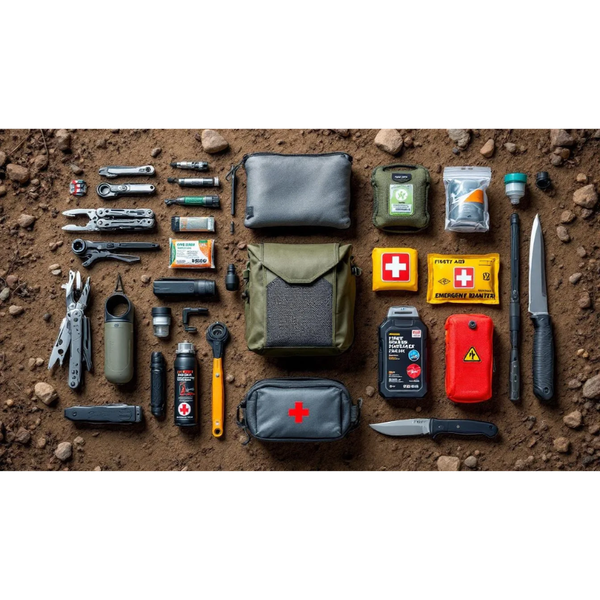
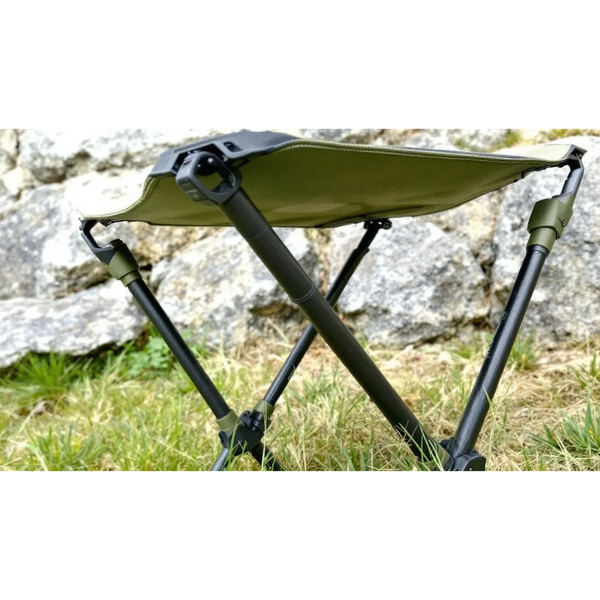
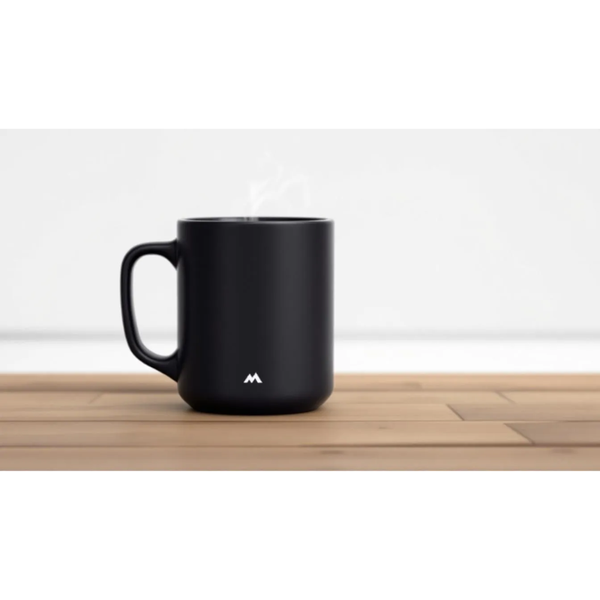

Member discussion